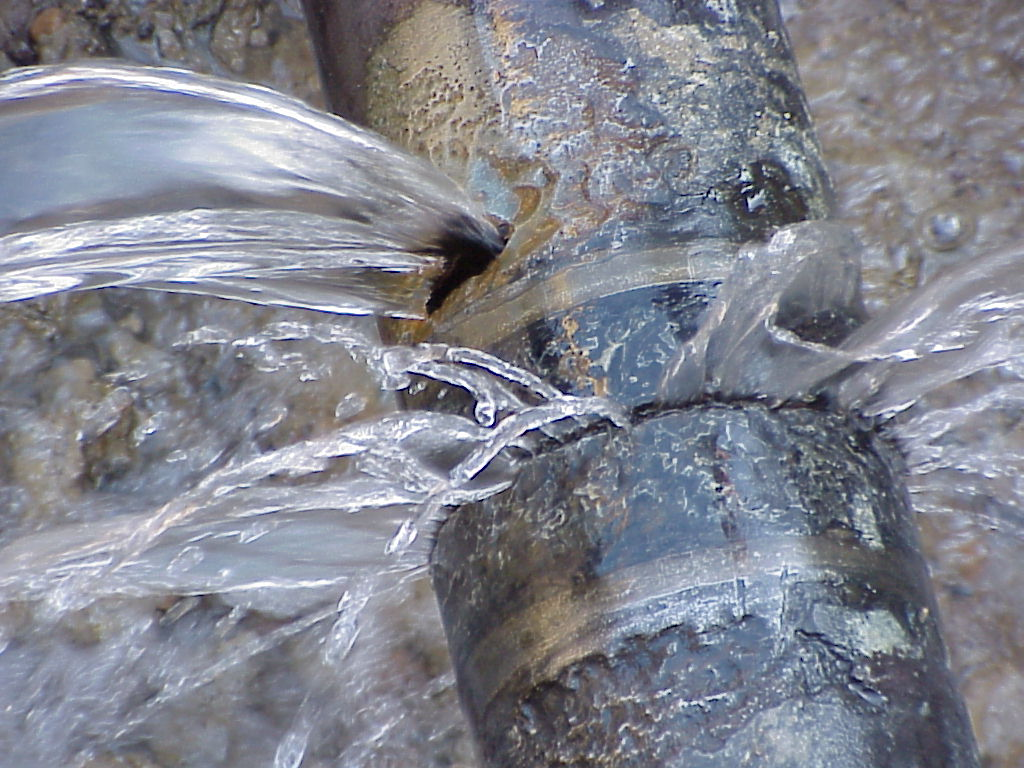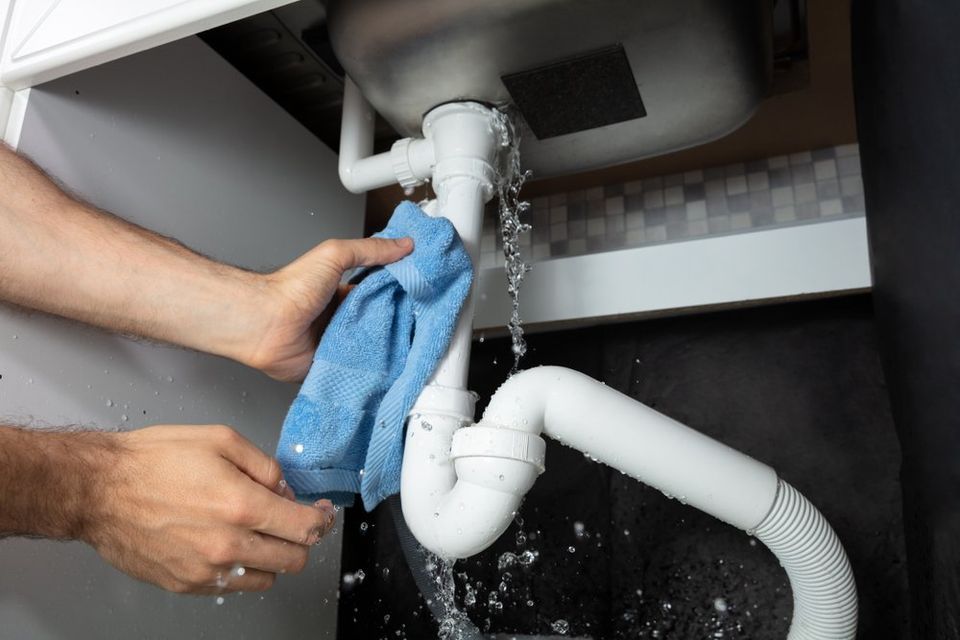Handling Water Damage Following a Pipe Burst - Practical Steps
Handling Water Damage Following a Pipe Burst - Practical Steps
Blog Article
We've noticed this article on Water Damage Restoration Do s And Don t down the page on the internet and believe it made perfect sense to relate it with you on my blog.

What should you do if a pipes bursts in your home, creating a mini-waterfall and swamping an area of your home? In this circumstance, you need to act fast. The longer you wait, the extra serious the water damage in your home. When an emergency like this occurs, presence of mind is vital. For these reasons, you require to learn what to in case of a ruptured water pipe. Because time is of the essence, examine out the complying with pointers below to help you act fast.
Turn off the Key Waterline Valve
Look for the neighborhood shut-off shutoff to turn-off water in one certain location only. This will cut off the water in your whole house. Typically, the main valve is found outside the residence following to the water meter.
Call Water Damage Restoration Pros for Assistance
After shutting the water source, call the pros for aid. With their expert assistance, you can mitigate exacerbation due to the fact that water can permeate via your things resulting in warped walls, loosened floor tiles, or damage framework.
File the Damage For Insurance coverage
As you are waiting on the pros to get here, document the damages caused by the errant pipeline. Take photos and videos of whatever. Do closeup shots of valuables. These things will act as evidence for your house owner's insurance. Staying aggressive with this permits you to sue for coverage, which will assist you as well as your household return on your feet.
Salvage Things That Can Be Saved
As soon as you're done taking images, read the things and secure one of the most essential ones from the stack. Dry them off as well as attempt to maintain as high as you can. Drag them far from moisture so they can begin to dry.
Beginning the Drying Process
Ultimately, while waiting for the pros, you can start the drying out process. The good news is, water from your waterlines are clean so you don't have to bother with sewer water. The moving water might have interrupted the dust as well as particles in your rugs and also floorboards. So be prepared with handwear covers as you make use of pails to unload out the water. Blot out as much as you can with old towels. You can additionally activate an electrical follower or open windows to promote air blood circulation. This will speed up drying out and also prevent mold as well as mildew growth.
Experts are the only ones certified to take care of the burs pipelines and succeeding damage. You will generally see red flags like gurgling paint, odd sounds in the plumbing, stuffy odor, caving ceiling, peeling wallpaper, or water discolorations.
What should you do if a water pipeline ruptureds in your residence, producing a mini-waterfall and swamping a location of your house? For these reasons, you need to discover what to in situation of a ruptured water pipe. After shutting the water resource, call the pros for help. With their professional aid, you can reduce worsening due to the fact that water can seep with your points resulting in deformed walls, loose tiles, or damage structure. The good news is, water from your waterlines are tidy so you do not have to stress about sewer water.
How to Handle a Burst Pipe and Minimize Damage
Steps to Take Ahead of Time
If you own property in an area that experiences cold weather, you need to be aware of seasonal maintenance tasks that will help you protect your property as the weather changes each year. One of the most important steps is to winterize your pipes to ensure they won't freeze or burst when the temperature drops. This includes action items like insulating any exposed pipes, detaching garden hoses and covering outdoor faucets. If the weather gets cold enough, you may even consider leaving a faucet dripping or opening cabinet doors during the coldest parts of the day.
No matter how prepared you might be, accidents and emergencies still happen. You'd be wise to set up a savings account specifically for your property so you have a "rainy day" fund set aside for unexpected expenses. All homes regardless of age, location or condition will inevitably need some form of emergency repair.
Steps to Take for Frozen Pipes
A frozen pipe will not necessarily burst, so if you can catch a frozen pipe early on, you could save yourself a major headache. When your area experiences frigid temperatures, be sure to check your plumbing and keep an eye out for warning signs like faucets only releasing small amounts of water or toilets not refilling when flushed. If you do run into one of these issues, you're likely dealing with a frozen pipe.
If this happens, your first step should be to cut off the water supply to that section of the plumbing. Expanding and freezing water can quickly cause damage. Even if the water supply is shut off, you will likely still deal with some leaking from the water that defrosts after the pipe has thawed. Be prepared with a mop, bucket and/or towels to quickly soak up any excess water.
In order to thaw a frozen pipe, you can use a space heater, infrared or incandescent heat lamp, or even a hairdryer to warm up the frozen area. Heat tape is also an option and should be used according to manufacturer instructions. Do not use any sort of open flame to thaw frozen pipes, as it poses a major fire hazard and can damage your pipes further.
Steps to Take for a Burst Pipe
Water damage claims are the second most common insurance claim in the U.S. When you're dealing with a frozen pipe, the water continues to expand as it freezes, which creates pressure that can cause a pipe to burst. When this happens, the crack or leak in the pipe allows water flow from the pipe to enter your home where it shouldn't. If a pipe does burst, you need to act quickly to mitigate property damage and repair cost.
Your very first step should be to shut off your main water supply to minimize flooding typically the most expensive damage to address. Once you've shut off the water supply, make sure you identify the entire area that has been impacted by the leak. Remove as much water as possible as quickly as possible using a mop, sponges, towels or a shop vacuum or wet/dry vacuum. To prevent long-term damage due to moisture build-up, run a dehumidifier or fan in the affected area. Contact a licensed plumber to ensure the pipe is correctly repaired before running any water to that section of the home again. Burst pipes and the associated water damage are something you absolutely want to avoid as a property owner. If you've had to learn your lesson the hard way, don't let yourself get caught in a similar situation during the next spell of cold weather. The best way to deal with frozen or burst pipes is to prevent them in the first place proactive winter maintenance will save you time, money and a whole lot of stress.

I discovered that piece of writing about Water Damage Restoration Do s And Don t while browsing the web. So long as you enjoyed our post if you please make sure you remember to share it. Thanks for going through it.
Schedule And Pricing Report this page